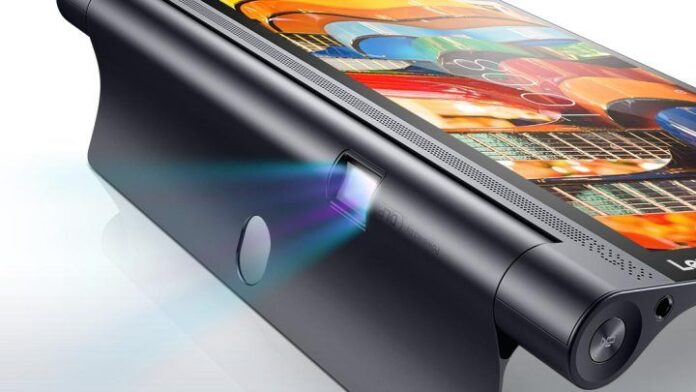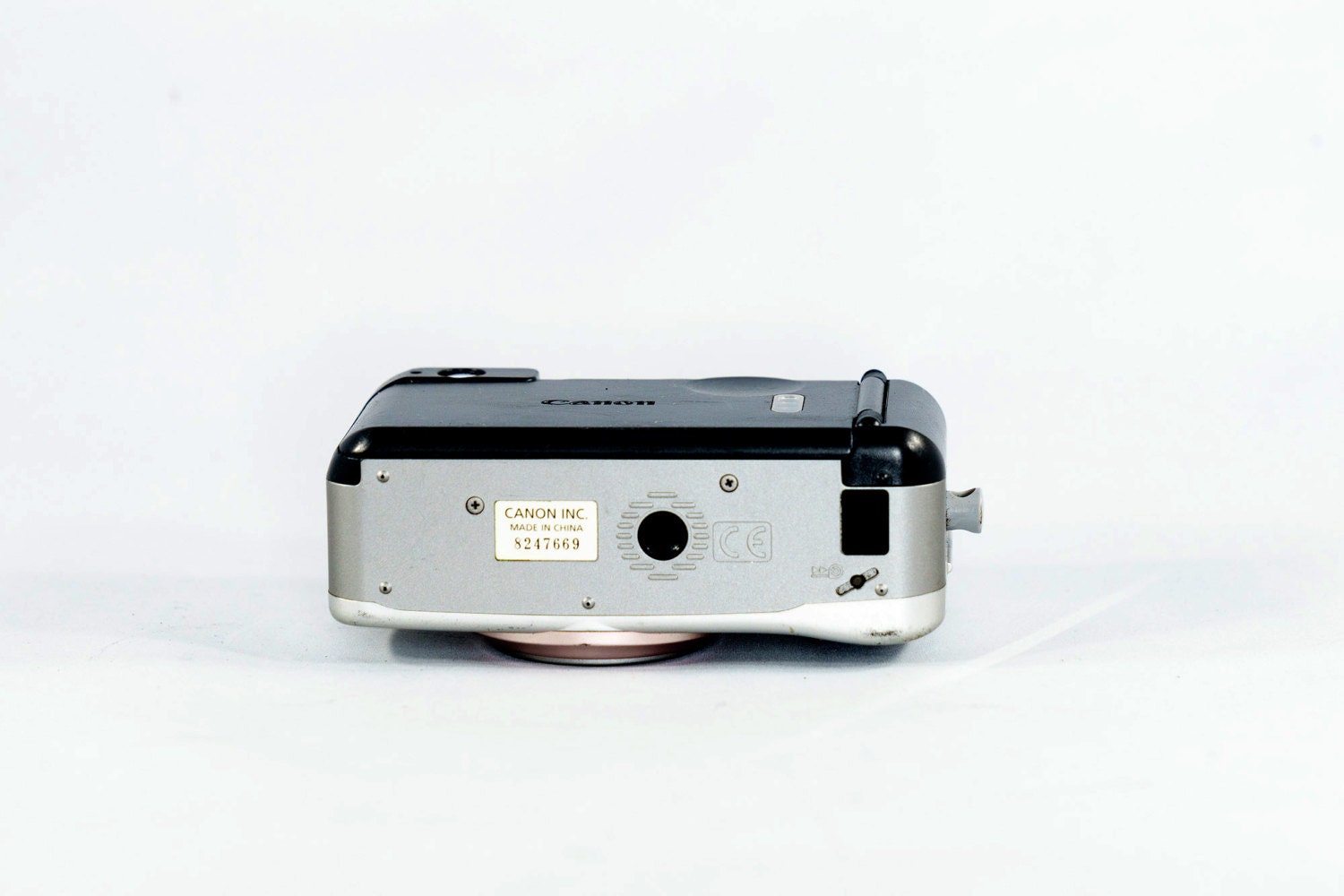
This autofocus tecnique is good for taking images of stationary objects in the frame, or in low-light conditions, or if you use the focus and recompose technique. That means if you compose your image, press the button halfway down and gain focus, your focal points will stay in that position in the frame until you press the button halfway again EVEN if your subject moves. In single AF area, (AF-S in Nikon Cameras or One Shot AF in Canonc Cameras) once you lock focus on your subject the camera will not retain focus if your subject suddenly moves. Meanwhile, higher-end ones feature a dedicated switch in front of the camera to change the autofocus mode, so that you can toggle between various focus modes. With entry-level Nikon DSLRs, you need to go into the camera’s “Info” screen to change the autofocus modes. For example, Canon has an AF Point Selection button that directs you to the modes.
#Smart shooter 3 autofocus how to#
If you don’t know or can’t see how to change the autofocus mode on your camera, it’s advisable to consult the user manual because managing modes varies from model to model. Camera quality and robustness : Canon and Nikon offer the most advanced AF systems that work well in various shooting conditions.Lens condition : If your lens has some kind of physical problems such as dirt, dust, or mold, the quality and aperture performance may impact the autofocus mode.Poor lighting can affect passive AF since it relies on the light that passes through the lens. Quality and amount of light : While camera AF works great when shooting in daylight, you might encounter some challenges when moving indoors because it’s harder for cameras to detect contrast in low-light conditions.This 51 single point AF system means there are 51 focus points, 15 of which are more accurate, cross-type sensors. For example, Nikon brags of a 51 single point AF system with 15 cross-type sensors within the frame. The type of AF points sensor is also essential in getting accurate results. Cross-type sensors are two dimensional and can catch contrast both on horizontal and vertical lines, making this more accurate than vertical sensors.

Vertical sensors are one dimensional and can only spot contrast on a vertical line. In contrast, pro-level cameras have complex, highly configurable AF systems with plenty of focus points.

While the focus points are deliberately laid out in particular parts of the frame, the layout depends on the brand and camera model.Įntry-level cameras typically have simple AF systems with a few focus points for basic focusing. Focus Pointsįocus points are the little empty dots or squares you see when you look through the viewfinder. Thus, passive AF requires you to have sufficient contrast in your frame for it to achieve proper focusing. It may also use the camera sensor for sharpness in a particular portion of one shot. Meanwhile, passive AF deals with special sensors within the camera to detect contrast from the light that enters the lens. If you have a Canon or Nikon Speedlight that has an AF Assist function, it will use an Active AF system. While Active AF is ideal for poorly-lit scenarios, you can only use it for stationary subjects. The camera will then instruct the lens to control focus based on this information. The Basics of Camera Autofocus Active vs Passive AutofocusĪctive AF works by shooting a red beam on the subject, then bouncing that light back to the camera to identify the distance between the subject and the device.

The terminology varies by cameras manufacturer, but the concepts in terms of focusing are the same. Most cameras have two different kinds of focusing mode, single-mode focusing and continuous focusing mode. That’s what we call autofocusing or the built-in focusing system that determines the sharpness between the object and the camera. You can let the camera choose where and how to focus (with a little guidance for you). With manual focus, you must have an internal sense of sharpness to ensure the camera is focusing on the object.

This is known as manual focus, focusing like this gives you more control and freedom in creating artistic effects. On most modern digital cameras, you can choose where and when to focus. So let’s get you right up to speed so you can have the confidence of choosing and using the correct autofocus mode. But understanding what the different area modes are and more importantly – when to use and how to control the different AF modes, are critical for long-term photography success. Understanding the differences between several autofocus area modes might not be at the top of your list when you first get your camera. But sometimes, it’s simply a result of not understanding autofocus modes and using them correctly. One of the questions that I get asked the most is how can I get sharper photos? It’s a tough question to give a specific answer for because there can be lots of reasons why your photos aren’t sharp. Need Help Understanding Auto Focus Modes? We Can Help!


 0 kommentar(er)
0 kommentar(er)
